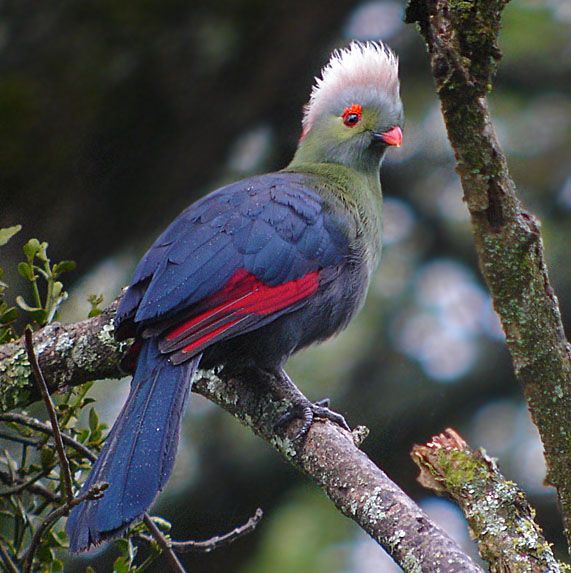Today will be spent exploring the superb Awash National Park. We will bird around the Allideghi Reserve and Doho Lodge with its hot springs, the Awash River, and Kirayawa Gorge, exploring riverine forests, wetlands, thorn woodlands, savanna grasslands, rocky hills, cliffs, and escarpments.
The park boasts a bird list of 460 species and we will make an effort to find, amongst many others, the Egyptian Vulture, Greater Spotted Eagle, Scissor-tailed Kite, Shikra, Buff-Crested, Hartlaub's and White-Bellied Bustards, Three-Banded Courser, Helmeted Guinea Fowl, Small Buttonquail, Eastern Grey Plantain-Eater, White-Browed Coucal, Plain Nightjar, Northern Carmine Bee-Eater, Greater Honeyguide, Wire-Tailed Swallow, Red-winged Lark, Singing Bush Lark, Blackstar, Red-backed Scrub-robin, Eastern Olivaceous Warbler, Green-backed Camaroptera, Grey-headed Batis, Pale Flycatcher, Slate-colored Boubou, White-rumped Shrike, Somali Fiscal, Nile Valley and Marico Sunbirds, Grey-headed and Sulphur-breasted Bush Shrikes, Fan-tailed Raven, Red-billed Quelea, and Red-rumped Waxbill.
Mammals we may see include the Aardwolf, Lion, Leopard, Beisa Oryx, Aardvark, Soemmering's Gazelle, Hamadryas Baboon, Abyssinian Hare, African Wild Cat, Black-jacked Jackal, Spotted Hyena, and Greater and Lesser Kudu. In the afternoon drive to Awash National park.
Accommodation: Awash Falls Lodge
Accommodation upgrades option: None
Meals: Breakfast

